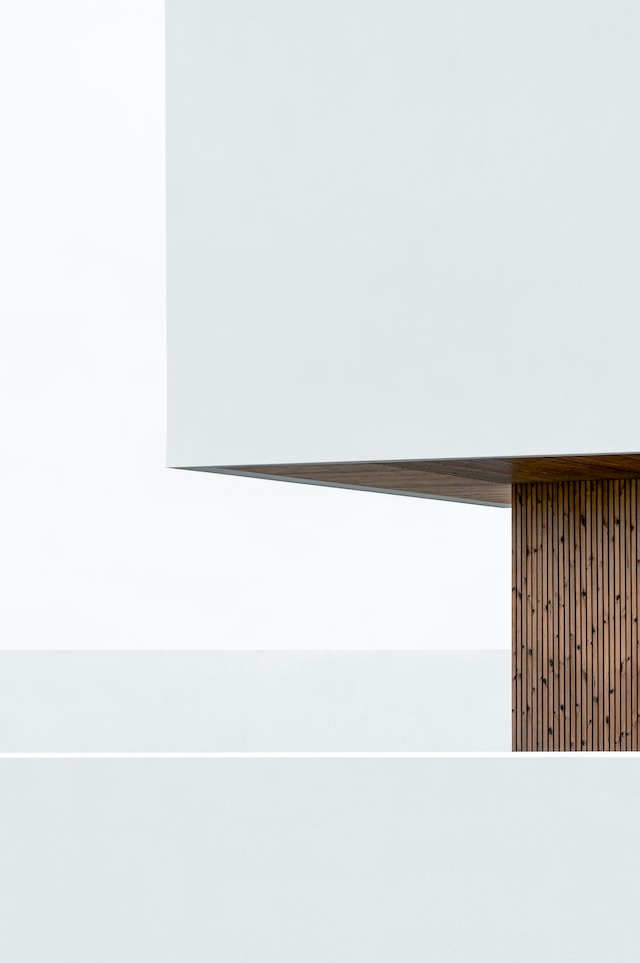The Interplay Between Photography, Architecture, and 3D Rendering

Exploring the connection between photography, architecture, and 3D rendering and their collaborative and creative influences
Photography and architecture share a deep-rooted relationship that has evolved over the years. With the advent of advanced technologies, such as 3D rendering, this relationship has grown even stronger. In this article, we will explore the intricate connection between photography, architecture, and 3D rendering and delve into how these disciplines complement and enhance each other.
Photography as an Architectural Tool: Photography has long been utilized as a crucial tool for architects to capture and document their designs. It allows them to showcase their work to a broader audience, helping in promoting their architectural prowess. Moreover, architectural photography aids in preserving and archiving iconic architectural landmarks, capturing their essence for future generations.
The Art of Architectural Photography: Architectural photography is not solely limited to showcasing the design but also encompasses capturing the essence, atmosphere, and emotions associated with the built environment. Skilled architectural photographers possess the ability to use lighting, composition, and perspective to convey the intended narrative behind the architectural creation.
Architectural Photography and 3D Rendering: The advent of 3D rendering has revolutionized architectural visualization. With 3D modeling, architects can create virtual representations of their designs, offering an immersive experience to clients, investors, and the public. 3D rendering allows architects to experiment with different materials, lighting conditions, and spatial configurations before the actual construction takes place.
Photography's Influence on 3D Rendering: Photography serves as a significant influence on the aesthetic choices made in 3D rendering. Architectural photographers often capture stunning images of built structures, which inspire and inform the creation of 3D rendered scenes. The play of light and shadow, composition, and perspectives captured in architectural photography guide 3D artists in creating realistic and visually appealing renderings.
The Use of Photography in Architectural Post-Processing: In architectural post-processing, photography acts as a reference for achieving photorealistic 3D renderings. Photographs provide valuable insights into color grading, lens effects, and image manipulation techniques that can be applied to 3D rendered scenes to enhance their visual impact and realism.
Architectural Photography as a Marketing Tool: Photography has become an indispensable marketing tool for architects and real estate developers. High-quality architectural photographs can evoke emotions, captivate audiences, and persuade potential clients or buyers. In this digital age, architectural photography helps in creating visually striking online portfolios, websites, and social media presence, thus attracting a wider audience.
Augmented Reality (AR) and Virtual Reality (VR): The marriage of photography, architecture, and 3D rendering has led to the rise of immersive technologies such as augmented reality (AR) and virtual reality (VR). By combining 3D rendered models with real-world images, architects can create interactive experiences, allowing clients to visualize and experience architectural designs in a realistic and engaging manner.
Collaboration and Feedback: Photography plays a vital role in facilitating collaboration between architects, 3D artists, and clients. By capturing architectural elements and design progress, photography enables effective communication and feedback throughout the design and rendering process. This collaborative approach ensures that the final 3D renderings align with the architect's vision and client's expectations.
Preservation of Architectural Heritage: Photography, combined with 3D rendering techniques, contributes to the preservation and restoration of architectural heritage. By using 3D scanning technologies, historical buildings and artifacts can be documented and recreated digitally, providing invaluable references for restoration efforts. Additionally, architectural photography can capture the intricate details and nuances of heritage structures, serving as a visual record for future generations.
The Future of Photography, Architecture, and 3D Rendering: As technology continues to evolve, the relationship between photography, architecture, and 3D rendering will evolve as well. The use of advanced AI algorithms, real-time rendering, and interactive visualizations will further enhance the collaborative and creative potential of these disciplines. The future holds immense possibilities for integrating photography, architecture, and 3D rendering in groundbreaking ways.
Photography has always been an integral part of architecture, and with the emergence of 3D rendering, their relationship has become even more profound. The synergy between these disciplines allows architects to showcase their designs, create immersive visual experiences, and preserve architectural heritage. As we look to the future, the interplay between photography, architecture, and 3D rendering promises to push boundaries, inspire innovation, and redefine how we experience the built environment.

